work of the painter Corelli Augusto (Rome 1853 - 1918)
Original late 19th century work, signed Napoli Corelli on the bottom right
size 35x17 cm frame 51x34 cm
He was born in Rome to Eugenio Corelli and Mary Ann Parry (born in 1822 in Lugwardine, a village in Herefordshire in England). Augusto is the fifth of six children: Edoardo, Filippo, Clemente, Giulia and Giuditta. He trained artistically at the Accademia di San Luca in Rome, where he graduated at the age of eighteen. He was a pupil of the Neapolitan painter Achille Guerra. He attended the Giggi Academy in Rome in Via Margutta which had been founded by a model for the study of the human figure from life and was at the time a meeting point for the most renowned artists, including foreign ones.
In 1879 he moved to Paris where he stayed only a few months because he did not find the environment suited to his artistic vision. In fact, he was attracted above all by the landscape and the rural mountain world.
Returning to Italy, to Rome, he began traveling in Lazio and Abruzzo in search of subjects that inspired his artistic sensitivity. In 1880, while Valeria was traveling along the Via Tiburtina towards Abruzzo in the company of her pupil, the painter Domenico Pennacchini (her future brother-in-law), the stagecoach on which they were traveling stopped near the Aniene river in front of the town of Anticoli Corrado. Corelli in his memoirs narrates that he was attracted to this town perched on top of a promontory, thus deciding to stop there. He was enchanted by the beauty of its inhabitants and the landscape views. He began a feverish pictorial work in this place, returning there several times and recruiting Anticolani as models, many of whom, within a few years, became professional models.In Rome he enthusiastically told his artist friends about the country he had discovered. The latter, intrigued, began to visit Anticoli and were also fascinated by it, so much so that within a few years a large artistic colony was created there. Corelli was the first to build a real artistic studio in Anticoli, as stated by the painter Orazio Amato[1]. Amato himself composed the epigraph, engraved on a marble slab placed on the façade of the studio, which read as follows: "Cui primo arrisit sylvestris horum montium poesis, Augustus Corelli, civis romanus hanc domum artis cultui sacram, Anno 1884, posuit". This building was demolished in 1950 to make way for a municipal road.
In 1881 he joined the Society of Watercolourists and in 1909 he became its councillor. Augusto Corelli is among the first Italian artists to discover the environment of Anticoli Corrado, following the example of the Danish painters Niels Andreas Bredal and Carl Otto Haslund. His watercolors are particularly appreciated.
He married a local model, Emilia Meddi[2], with whom he had four children, of which the first, Corrado, became a sculptor and the second, Filiberto (1886–1969), born in Anticoli Corrado, became a painter and joined the group of the XXV of the Roman countryside. Corrado and Filiberto loved sports and played in the S.S. Lazio (which was then called Società Podistica Lazio), in the roles of winger and midfielder. The other two sons are Mario, a building contractor and Riccardo, a chemist, professor at the University of San Pietro in Vincoli in Rome.
The Civic Museum of Modern Art of Anticoli Corrado owns Augusto Corelli's painting Piazza delle Ville, from 1884, donated by his heirs.

























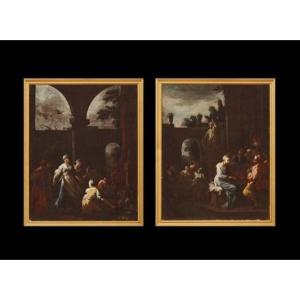




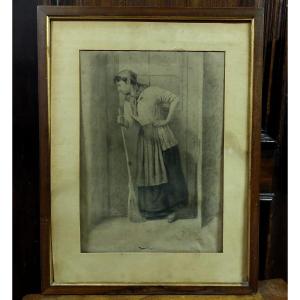
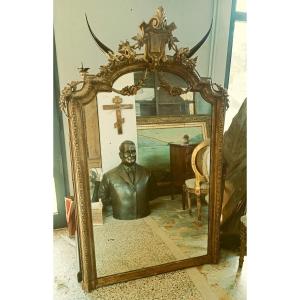








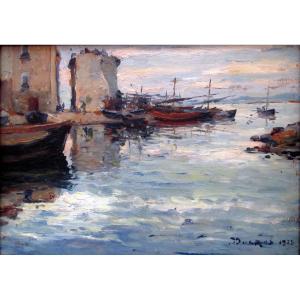

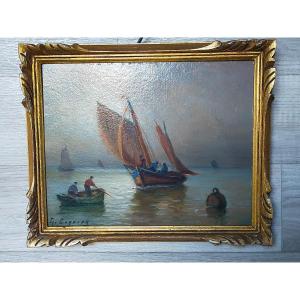



 Le Magazine de PROANTIC
Le Magazine de PROANTIC TRÉSORS Magazine
TRÉSORS Magazine Rivista Artiquariato
Rivista Artiquariato